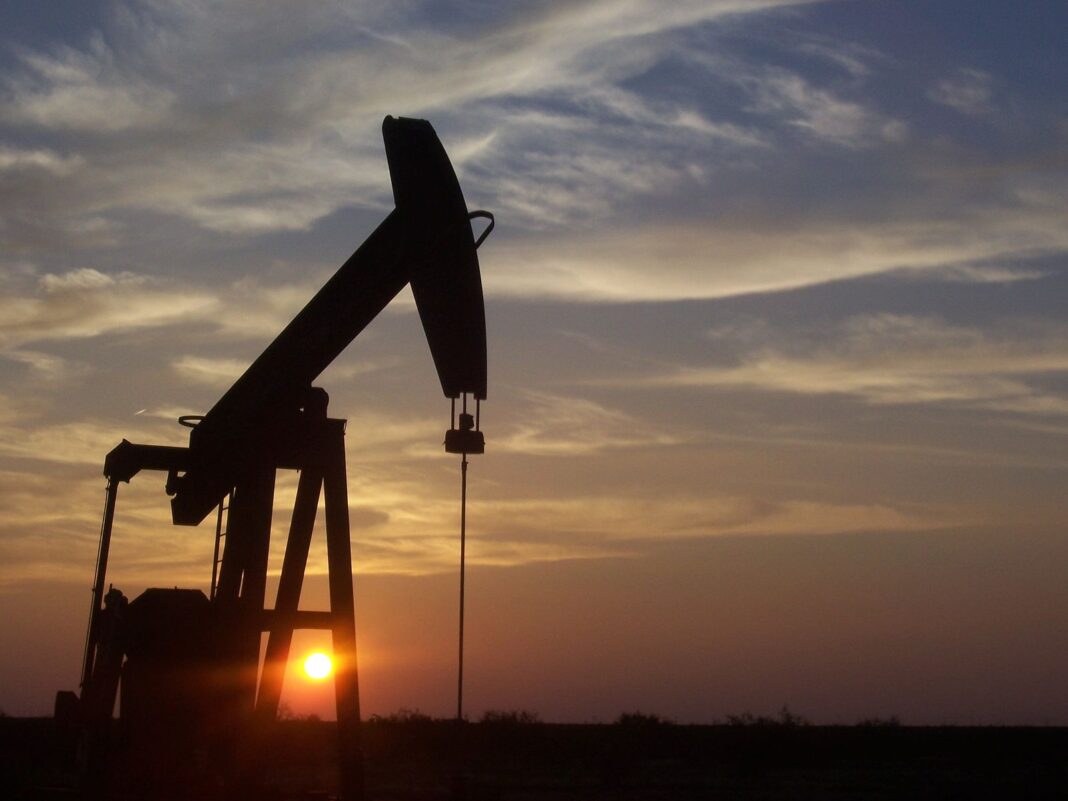In April 2020, the US West Texas Intermediate (WTI) oil futures contracts reached negative prices for the first time ever. What explains the volatility, what are the main geopolitical drivers behind this plunge, and what can we expect going forward?
A few facts about global oil markets
In 2019, the top 10 oil producers accounted for approximately 70% of the world’s total oil production, which stood at around 100 million of barrels per day (mbpd). The US alone accounted for almost 20% of the total while OPEC countries – led by Saudi Arabia and including Iraq, UAE, Iran and Kuwait – accounted for approximately one third.
Unlike non-OPEC producers, OPEC members and their main ally Russia (known as OPEC+) depend on oil revenues to balance their fiscal budgets (official data indicates that oil revenues account for c. 40% and 60% of Russia’s and Saudi Arabia’s public revenues, respectively). As a result, the oil and gas sector is a fundamental pillar of the foreign policy of OPEC+ nations.
The evolution of a geopolitical oil war
To secure a steady supply of oil revenues, the OPEC+ cartel has historically pursued a strategy based on balancing international oil prices (by either boosting or reducing oil production and supply, as and when international demand fluctuated). Because of their historic dominance of global oil markets, they were able to apply pressure on consumer countries for most of the twentieth century and the early 2000s – such as, for example, during the 1973 oil embargo.
But the shale revolution in the US changed the rules of the game. Boosted by this new technology, the US drastically augmented production, ultimately overtaking Saudi Arabia and Russia as the world’s largest producer. This alone pushed OPEC+ nations to rethink their foreign oil strategy -from a foreign policy predicated on stabilising oil prices to secure national revenues, to one predicated on gaining market share (at the expense of US producers and, if necessary, at each other’s expense).
First move – Saudi Arabia, 2014
In 2014 Saudi Arabia flooded the market with excess supply to put pressure on US shale producers and, incidentally, to hurt its arch-rival Iran. Iran was also hurt by sanctions, briefly lifted after the 2015 Nuclear deal, but now broadly back in place. This excess supply did put some US producers out of business but not in enough numbers to give Saudi Arabia the dominance it wanted.
It also made a c. $190bn hit to their USD reserves (from c.$740 bn in 2014 to less than $550 bn at the end of 2016). This forced Riyadh to back down, cut supply and stabilise oil prices, which slowly climbed up to pre-2014 levels. In 2018, Saudi Arabia implemented additional production cuts to prop up oil prices and increase Aramco’s IPO valuation, its state-owned O&G company. The IPO completed at the end of 2019 but for a lower price than what the Saudi leadership wanted ($1.7tr vs their target of $2tr).
Second move – Russia, 2020
At the start of 2020, Russia refused to cut a deal with Saudi Arabia to reduce global oil production. With an amount of foreign reserves by now closer to Saudi Arabia’s, the Russian leadership seemed convinced it could survive a sustained period of very low oil prices, outplaying US producers, beating Riyadh and gaining market share for when oil prices stabilised again. Saudi Arabia did not blink, and in March Riyadh announced it would increase production to 12.3 mbpd in April causing benchmark prices to drop by more than 60% – the lowest in almost two decades.
The big disruptor: COVID-19
The worsening of the COVID-19 pandemic – which by mid-March was showing signs of spreading very rapidly in Moscow – threw off all bets. The Russian leadership realised that it will eventually need to draw from its sovereign fund to bail out the Russian economy (in April, the IMF predicted Russia will experience negative growth of 5.5% in 2020). With global demand for oil expected to remain depressed for at least a few more months, Russia realised it ultimately risked putting everyone out of business, including themselves.
Russia and Saudi Arabia thus finally agreed in early April to cut supply by as much as 10% (i.e. by c. 10 mbpd, the largest cut in history). The US, Canada and other non-OPEC nations have agreed to top up the agreement with additional cuts of their own, bringing the total reduction to around 20 mbpd. Oil producers hope this will stabilise the market from the end of Q3 onwards (see chart below), however many analysts believe it may still not be enough to offset the impact of creeping demand, especially if current IMF predictions of an economic rebound in 2021 prove too optimistic.
What next?
The oil and gas sector has survived major shocks in its one hundred+ year history but it has never before faced such a simultaneous demand and supply shock. Most experts are predicting more turbulence over the coming months, with different scenarios based on whether the demand shock will be temporary or more prolonged and perhaps structural.
The latter will very much depend on the success or otherwise of governments’ containment measures, the development of a vaccine together with economies being rebooted. Additional ‘black swan’ events cannot be discarded either, such as for example a major cyber-attack bringing down server capacity or temporarily disabling virtual working. Moreover, anti-fossil fuel sentiment has ramped up during the lockdown and both producers and governments are facing fresh demands to accelerate the transition to cleaner energies – at a time where Renewables are the only energy source on the rise.
At the end of April, the International Energy Agency (IEA) projected that energy demand will fall 6% in 2020 – seven times the decline caused by the 2008 global financial crisis and the equivalent of the entire energy demand of India, the world’s third largest energy consumer. Even if demand picks up in Q3 2020 or thereafter, the 20% reduction in oil supply agreed by OPEC and non-OPEC producers in early April may not be enough to reverse the current trend.
Producers are running out of storage, both onshore and offshore, with some experts saying that storage facilities in Oklahoma (where US WTI crude is transported for storage and onwards distribution) are nearing full capacity. If they continue to fill up, then WTI contracts will be selling at negative prices again.
Saudi Arabia and Russia may see this as a victory, but international Brent prices have historically followed WTI prices very closely and could soon, too, sink below zero. Finally, if demand picks up again in late 2020 or 2021 and prices somewhat stabilise, the deal reached in early April could well be just a temporary truce. With these economies so dependent on oil revenues, we can expect tensions to continue to be evident.




























